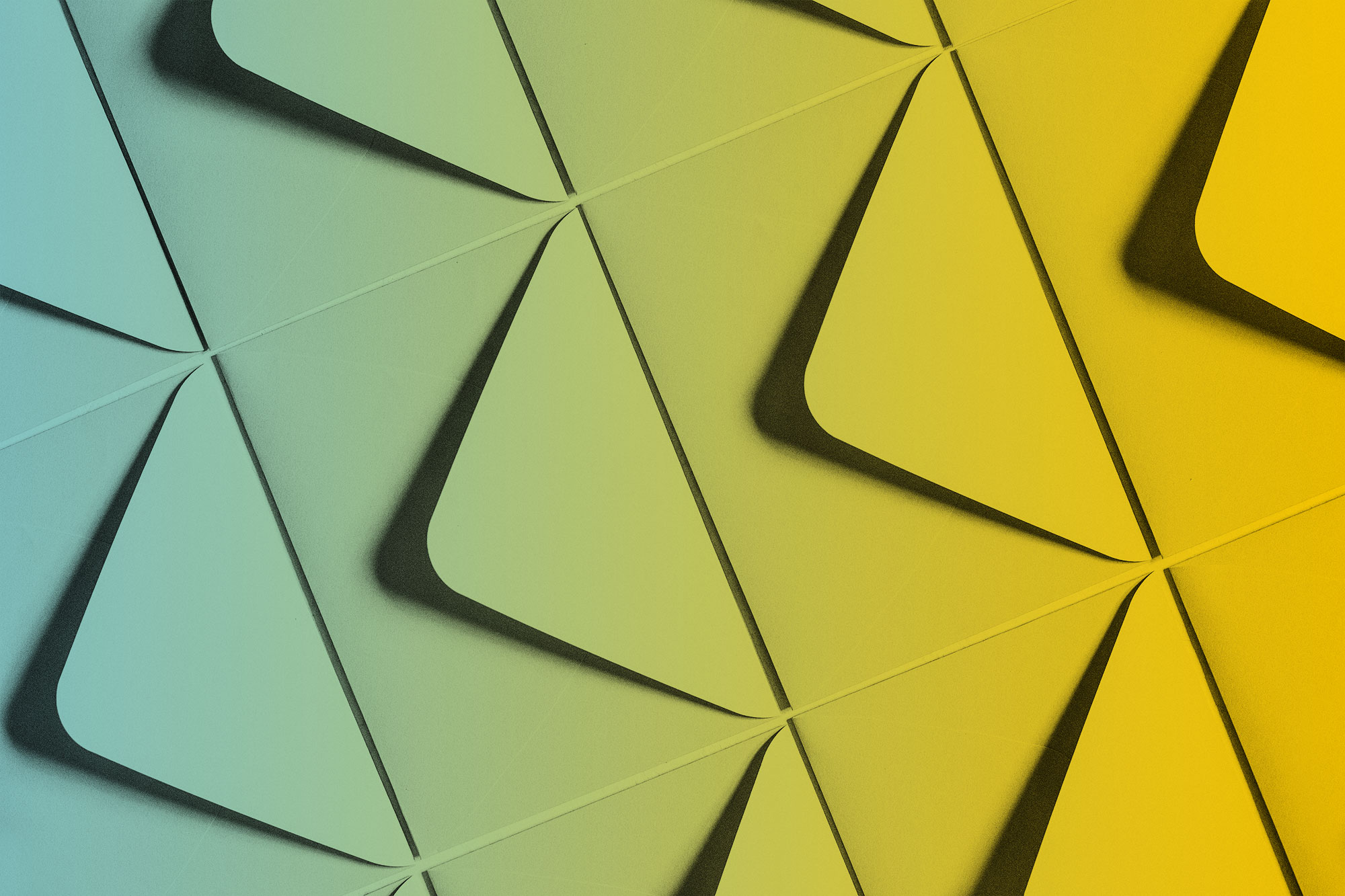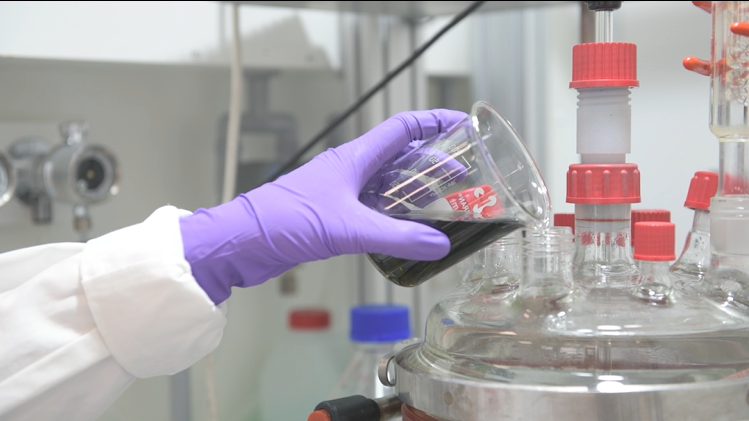Newsletter — 25 Jan 2022
Read the new issue of ASTRABAT's newsletter
Dear Reader,
I hope that 2022 has started in the best possible way and that you and your beloved ones stay healthy and safe during this new year!
I am pleased to welcome you to the second release of ASTRABAT’s newsletter, where you can find our latest project’s news, results and highlights.
As many other realities, ASTRABAT has also been partially impacted by the COVID19 pandemic as some activities have slowed down. Despite this, we still managed to make significant progress over the past months on our mission to develop a new solid-state lithium-ion battery for future electric vehicles.
Over its second year, ASTRABAT partners (DAIKIN, Fraunhofer ISC) have been working on the formulation of the cathode and anode electrodes to integrate the solid electrolyte in close contact to the active particles, while maintaining the electronic conductive pathway. The first efficient formulation process has been reached and is now transferred for pilot scale manufacturing to Yunasko.
Two new lithium salts have been synthesized by Warsaw University of Technology and will be benchmarked to commercial lithium salt for Li-ion battery. Moreover, syntheses of two further salts were optimized.
The development of formulation for printing process has been also carried out for the cathode side (University of Limoges, Fraunhofer IKTS). The modelisation of the optimised cell architecture (CEA) is still ongoing and will be delivered in the next quarterly period.
2021 has been also been a year full of emotions as we had the chance to discuss with Nobel Prize winner M. Stanley Whittingham about how to accelerate the transition from fossil fuels to renewable electrical power. It was also the year of COP26, which underlined the need for life cycle assessments (LCAs) in battery development — something that in ASTRABAT we have been considering right from the start of the design phase of our prototype, spanning environmental issues from carbon footprint to resource scarcity. In 2021 we also worked on a new ASTRABAT video, going into the details of the technology we are developing!
We are entering now in ASTRABAT’s third year and a lot of things will happen during the next months: keep on following us on our Twitter and LinkedIn profiles not to miss any updates about our mission to develop optimal Lithium-ion battery solutions for the electric vehicle market in particular.
Enjoy your reading!
Sophie Mailley
Commissariat à l’Energie Atomique et aux Energies Alternatives (CEA)
ASTRABAT Project Coordinator



